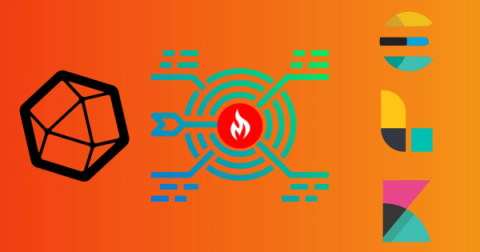Load Balancing - What Is It and How Does It Work?
There is a greater need than ever to ensure seamless web application performance. One of the foundational components ensuring this smooth operation is load balancing. While the term might sound technical, its concept is simple and vital for maintaining an uninterrupted online user experience. This article will explore load balancing's various algorithms and types and their significance in modern web infrastructure.











